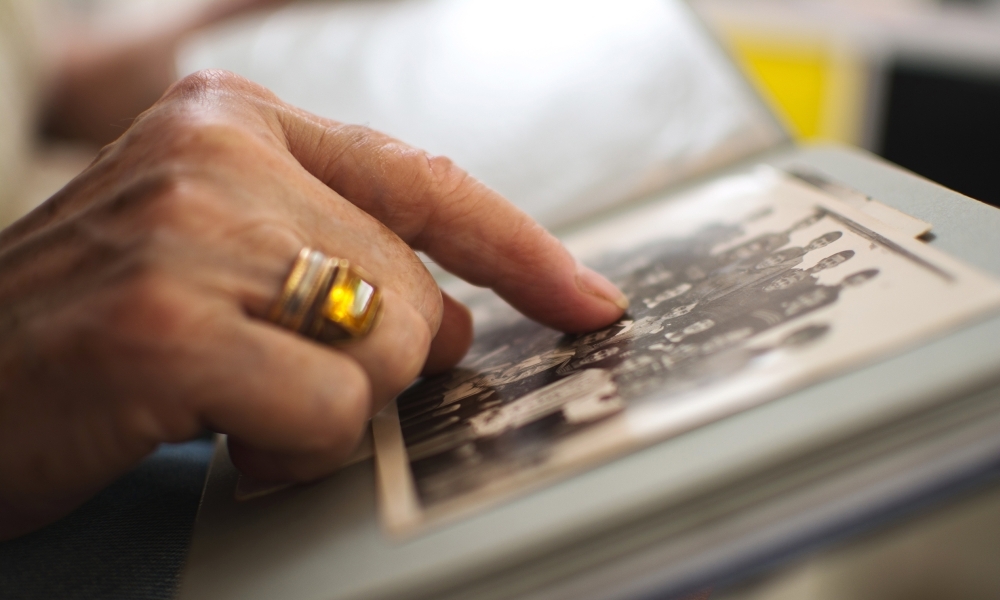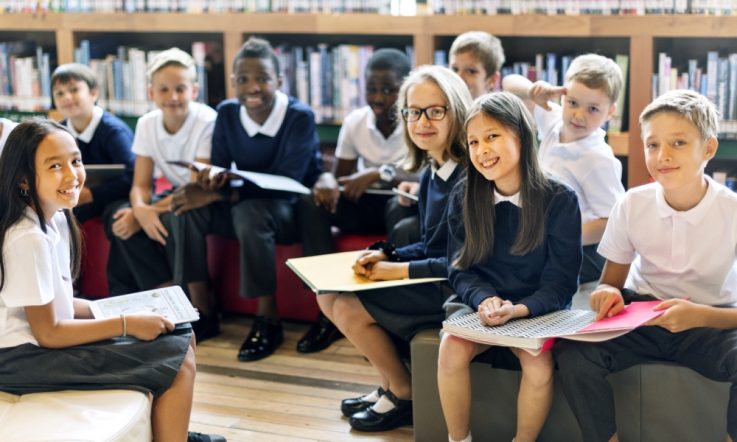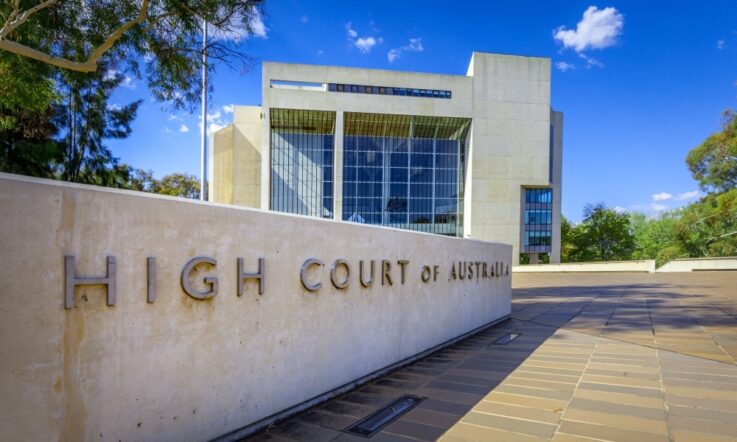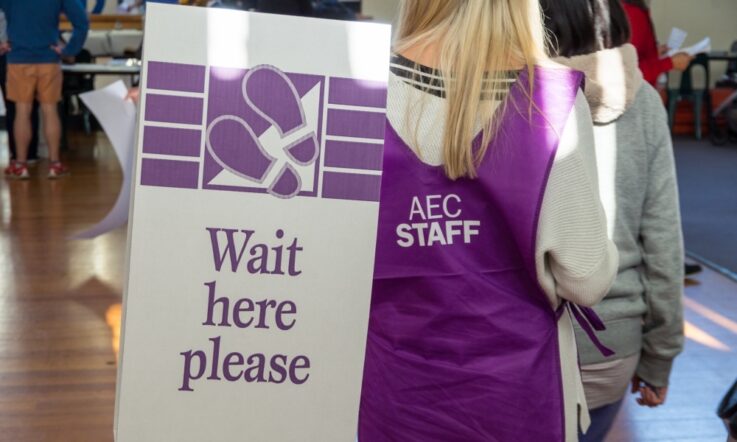In a three-part series, we have been delving into the Civics and Citizenship learning area of the Australian Curriculum, and some aspects of the Australian Curriculum: History to explore students’ misconceptions, and to share some lesson activities to help your planning for 2022. Part one shared activities connected to Government and democracy, and it part two we explored ‘Laws and citizens’ and ‘Citizenship, diversity and identity’. This final article focuses on ‘Australian history’ and ‘Civics and citizenship and history skills’.
Results from the latest National Assessment Program – Civics and Citizenship (NAP-CC) report show that 86 per cent of Year 6 students and 80 per cent of Year 10 students believe that learning about Australia’s history is an important attribute of a good citizen.
In addition, approximately nine out of 10 students in both year levels expressed positive attitudes towards Australian Indigenous cultures.
Administered in 2019, the assessment was delivered online to a representative, random sample of 5611 students in Year 6 and 4510 students in Year 10. In NAP-CC, students are marked against six proficiency levels ranging from ‘level 5’ to ‘below level 1’.
Each NAP–CC 2019 assessment item is mapped to one of the content descriptions in the Australian Curriculum. In today’s article, we take a closer look at two more example test items and how students performed.
Example one: Australian history
It is important that students learn about Australia’s past, in order to gain an understanding of how these events, people and attitudes have shaped the present. The Australian Curriculum: Humanities and Social Sciences and Australian Curriculum: History provides opportunities for students to do so.
Students in Year 6 and Year 10 have different foci when it comes to learning about Australia’s history. In Year 6, the focus is on ‘Australia in the past and present and its connection with a diverse world’, while in Year 10, it is ‘The modern world and Australia’.
The following test item from NAP-CC explores National Sorry Day and was administered to students in Year 6.
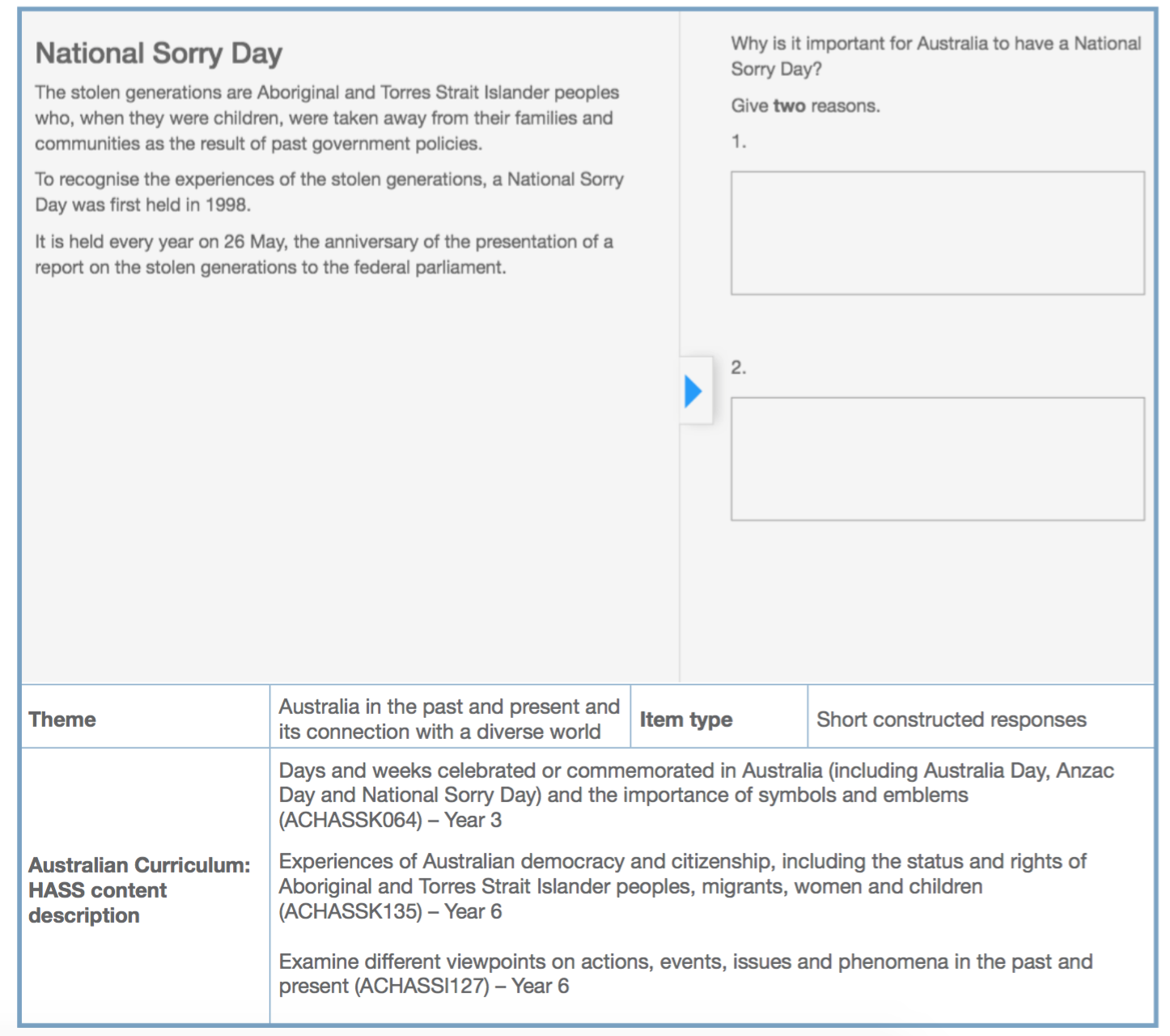
A modified exemplar item [photo removed] from the assessment. Credit: Australian Curriculum, Assessment and Reporting Authority (ACARA)[*] .
In this test item, students were asked to provide two short responses outlining why National Sorry Day is important to Australia. Two marks were given to responses that indicated two different connections between the past and the present.
Students awarded two marks demonstrated performance at level 3 on the NAP–CC scale. One mark was awarded to responses that identified one connection between the past and present, and demonstrated level 1 on the NAP-CC scale. A reminder that Year 6 students performing at level 2 and above, are meeting or exceeding the proficient standard.
For this particular test item, 21 per cent of Year 6 students received two marks, and 45 per cent received one mark. Just over one-third of students (34 per cent) did not receive any marks for their response.
Possible lesson activities
The national report from ACARA outlines several activities that teachers could use to support students in the development and extension of their understanding of the role and importance of commemorative events or days in Australia.
- Identify and discuss the historical origins and purpose of important Australian celebrations or commemorations, such as Australia Day, National Sorry Day, the Apology, Harmony Day, Labour Day and Anzac Day
- Examine the symbolism of flags, such as the Australian, and Aboriginal and Torres Strait Islander flags, and explore the occasions when they are flown – for example when all three are flown during NAIDOC Week, National Reconciliation Week, National Sorry Day and Mabo Day
- Analyse where points of view differ about national issues and explore the differences for diverse perspectives on past events
- Explore historical sources to discover contrasting perspectives on past actions, and examine differing attitudes and experiences of people in the past (Fraillon et al., 2020).
The NAIDOC site has teaching resources, a guide and relevant links to help you explore the significance of NAIDOC week with students, and Reconciliation Australia has information and resources on National Reconciliation Week. For Anzac Day, the Australian Government’s Anzac Portal has lots of resources for primary and secondary students that also relate to the skills discussed in the following example, including a video series sharing stories of service, oral histories, and links to extensive film archives.
Example two: Civics and citizenship and history skills
Several areas of the Australian Curriculum provide opportunities for students to adopt inquiry processes and develop their skills in questioning, problem-solving, communication and reflection.
The following NAP-CC test item explored the nature of historical sources. It was administered to both Year 6 and Year 10 students, and they were required to demonstrate skills of analysis, synthesis and interpretation.
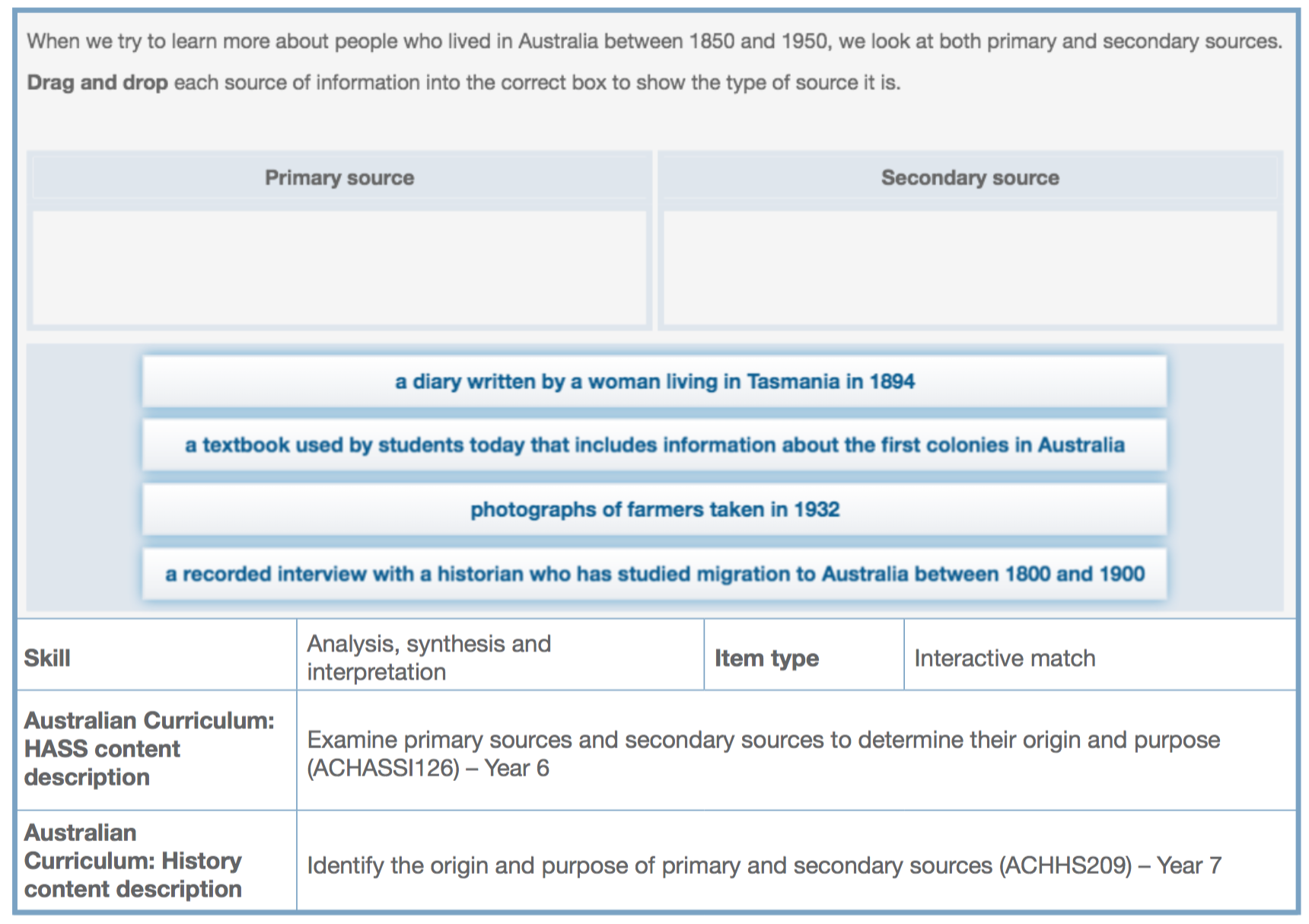
Exemplar item from the assessment. Image credit: Australian Curriculum, Assessment and Reporting Authority (ACARA)[*] .
In this test item, students were asked to classify four sources as either primary or secondary. One mark was awarded for identifying the diary and the photographs as primary sources, and the textbook and recorded interview as secondary sources.
The national data show 28 per cent of Year 6 students and 68 per cent of Year 10s received one mark. Almost three-quarters of Year 6s (72 per cent) and one-third of Year 10s (32 per cent) didn’t receive a credit for their response.
Possible lesson activities
As with other example test items, the NAP-CC report outlines several activities that teachers could use to support students in the development and extension of their understanding of historical sources.
- Explore historical sources, including print and digital sources, and pose questions about content, coverage, reliability and perspective
- Investigate a range of different sources and identify their origin and purpose
- Differentiate between primary sources (those from the time of the event or person being investigated) and secondary sources (those that represent later interpretations), and consider the strengths and weaknesses of each in relation to a specific historical inquiry (Fraillon et al., 2020).
References
Fraillon, J., Friedman, T., Ockwell, L., O'Malley, K., Nixon, J., & McAndrew, M. (2020). National Assessment Program Civics and Citizenship National Report 2019. Australian Curriculum Assessment and Reporting Authority. https://research.acer.edu.au/civics/33
[*]©Australian Curriculum, Assessment and Reporting Authority (ACARA) 2009 to present, unless otherwise indicated. This material was downloaded from the ACARA website (www.acara.edu.au) (Website) (accessed October 2021) and not modified [unless noted in the image caption]. The material is licensed under CC BY 4.0 (https://creativecommons.org/licenses/by/4.0/). ACARA does not endorse any product that uses ACARA material or make any representations as to the quality of such products. Any product that uses material published on this website should not be taken to be affiliated with ACARA or have the sponsorship or approval of ACARA. It is up to each person to make their own assessment of the product.
In this series we’ve used national data to explore some of the gaps in students’ knowledge, skills and understanding. What about your own students? What are their misconceptions?
Consider the list of lesson activities outlined in this article. Which of these could you use with students in your classroom? Which resources would you need to support you to do this? If you were hoping to extend students in the area of ‘Australian history’ and ‘Civics and citizenship and history skills’, how would you go about doing so?
